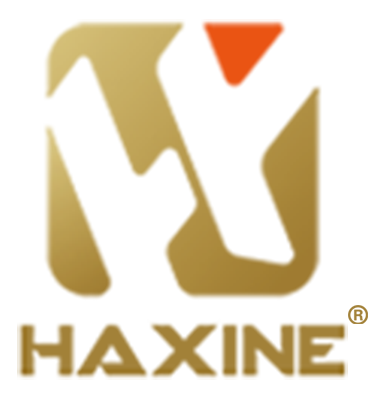Types of Commercial Railing Systems
Railing systems play a vital role in commercial buildings and structures, not only for safety but also for aesthetics and functionality. When it comes to choosing the right commercial railing system for your project, you’ll need to consider various factors, including the type of railing and the materials used.
Types of Commercial Railing Systems:

Guardrails:
Guardrails are one of the most common types of commercial railing systems, primarily designed to provide fall protection. They are typically found in locations where there is a risk of falling from elevated surfaces, such as balconies, staircases, and walkways. Guardrails are required by building codes to meet specific height and spacing regulations to ensure safety.
Handrails:
Handrails are designed to provide support and stability when ascending or descending stairs or ramps. They are often paired with guardrails to offer a complete railing system. Handrails come in various shapes and sizes and should be constructed to provide a firm grip while being aesthetically pleasing.
Cable Railing:
Cable railing systems are gaining popularity in commercial applications due to their modern and minimalistic design. They typically consist of stainless steel cables stretched between posts, offering unobstructed views while maintaining safety. Cable railings are often used in outdoor settings and on terraces.
Glass Railing:
Glass railing systems provide a sleek and elegant appearance. They are made of tempered or laminated glass panels held in place by a frame or spigots. Glass railings are commonly used in commercial spaces where visibility and aesthetics are crucial, such as malls, offices, and restaurants.
Pipe Railing:
Pipe railings, typically made of metal pipes, offer durability and a simple, industrial look. They are often used in industrial or utilitarian settings, such as warehouses and factories.
In conclusion, commercial railing systems come in various types and materials, allowing architects and builders to choose options that suit the project’s safety, aesthetic, and functional requirements. When selecting a commercial railing system, it’s crucial to consider the specific needs of the building, budget constraints, and the desired design style to ensure a successful and safe installation.

 +86 159 6420 9667
+86 159 6420 9667  sales@haxrailing.com
sales@haxrailing.com 



